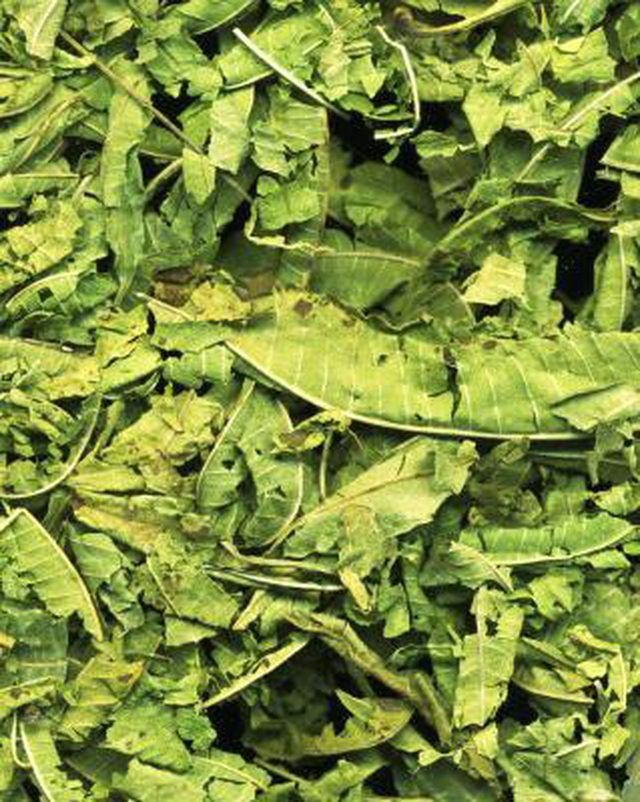Bulbs
Flower Basics
Flower Beds & Specialty Gardens
Flower Garden
Garden Furniture
Garden Gnomes
Garden Seeds
Garden Sheds
Garden Statues
Garden Tools & Supplies
Gardening Basics
Green & Organic
Groundcovers & Vines
Growing Annuals
Growing Basil
Growing Beans
Growing Berries
Growing Blueberries
Growing Cactus
Growing Corn
Growing Cotton
Growing Edibles
Growing Flowers
Growing Garlic
Growing Grapes
Growing Grass
Growing Herbs
Growing Jasmine
Growing Mint
Growing Mushrooms
Orchids
Growing Peanuts
Growing Perennials
Growing Plants
Growing Rosemary
Growing Roses
Growing Strawberries
Growing Sunflowers
Growing Thyme
Growing Tomatoes
Growing Tulips
Growing Vegetables
Herb Basics
Herb Garden
Indoor Growing
Landscaping Basics
Landscaping Patios
Landscaping Plants
Landscaping Shrubs
Landscaping Trees
Landscaping Walks & Pathways
Lawn Basics
Lawn Maintenance
Lawn Mowers
Lawn Ornaments
Lawn Planting
Lawn Tools
Outdoor Growing
Overall Landscape Planning
Pests, Weeds & Problems
Plant Basics
Rock Garden
Rose Garden
Shrubs
Soil
Specialty Gardens
Trees
Vegetable Garden
Yard Maintenance
How to Treat Plants for Leaf Lacewing
How to Treat Plants for Leaf Lacewing. You can easily confuse lace bugs with lacewings in conversation, as many folks use the terms interchangeably. You can’t, however, confuse the damage they do to plant leaves, for only lace bugs (Tingidae spp.) cause harm. Green lacewings (Chrysoperla spp.) and brown lacewings (Hemerobius spp.) are...

You can easily confuse lace bugs with lacewings in conversation, as many folks use the terms interchangeably. You canít, however, confuse the damage they do to plant leaves, for only lace bugs (Tingidae spp.) cause harm. Green lacewings (Chrysoperla spp.) and brown lacewings (Hemerobius spp.) are beneficial, or predatory, insects, and feed on smaller, sedentary pests, such as scales, mealybugs and aphids. The confusion among species originates from the insectsí wings. Both lace bugs and lacewings have four membranous wings that resemble lace when viewed by the unaided eye. After identification, you can treat your plant leaves for lace bugs organically, without harming the beneficial lacewings.
Things You'll Need
Wood skewer (optional)
Magnifying glass (optional)
White paper
Pump-type sprayer or spray bottle
Insecticidal soap containing 2 percent potassium salts of fatty acids
70 percent neem oil
75 percent concentrated imidacloprid
Identification
Pick the insect you suspect causes the damage to the plantsí foliage off the foliage by hand or with a wood skewer and place it on a sheet of white paper.
Check the size of the insect. Lace bugs measure between 1/8 and 1/4 inch long, while green lacewings measure 1/2 to 3/4 inch long, and brown lacewings measure 3/8 to 1/2 inch long.
Examine the wings of the insect. Lace bugs, like lacewings, have four membranous wings comprised of minute, dark, opaque or clear cells. However, lace bug wings have brown and black dots covering them, while green and brown lacewings have fine, delicate veins covering their wings. Brown lacewings also have minute, hair-like structures covering their wings, while lace bugs do not.
Study the insectsí bodies. Lace bugs have elongated, cylindrical, multi-cored bodies, with thoraxes made of the same cellular material as their wings. Green lacewings have green, spindle-shaped bodies with two elongated pincer-like mouth parts, causing the insect to resemble an alligator. Brown lacewings have brown, beige or dark green ovoid, or oblong, bodies.
Check the damage to the plant's leaves. Lace bugs cause yellow stippling and bleaching of leaves, most noticeably in late summer. Although mites also cause leaf stippling, lace bugs leave behind dark spots of excrement on the underside of the leaves, whereas the former does not. Lacewings donít damage your plantsí foliage.
Treatment
Pour 5 tablespoons of concentrated insecticidal soap containing 2 percent potassium salts of fatty acids in a pump-type sprayer tank if treating several plants for lace bugs, and 1 1/4 tablespoons of insecticidal soap in a spray bottle if treating only a few plants for lace bugs. Add 1 gallon of water to the sprayer tank, or 1/4 gallon of water to the spray bottle, and shake to mix. Spray both sides of the foliage until covered. Apply the solution no more than three times in a two-week period.
Mix together 2 tablespoons of 70 percent neem oil with 1 gallon of water in a pump-type sprayer if insecticidal soap proves ineffective on lace bugs. Combine 1/2 tablespoon of neem oil and 1/4 gallon of water if treating only a few plants. Shake the tank or bottle to mix and spray the foliage on both sides until covered. Apply every one to two weeks until you have the lace bugs under control.
Mix together 1/4 teaspoon of 75 percent concentrated imidacloprid with 2 1/2 gallons of water in a pump-type sprayer if you have a severe lace bug infestation, and both neem oil and insecticidal soap failed to control them. Shake the tank well to mix and spray the foliage on both sides. Allow 60 days for full effect after applying.
Tips & Warnings
Use a 10X magnifying lens to make identifying lace bugs easier.
Spray pesticides on dry, calm days for best results.
Only use imidacloprid as a last resort, as it also harms beneficial insects, including brown and green lacewings.
Always follow label instructions when using pesticides.
Wear chemical-proof gloves and safety goggles when handling pesticides.